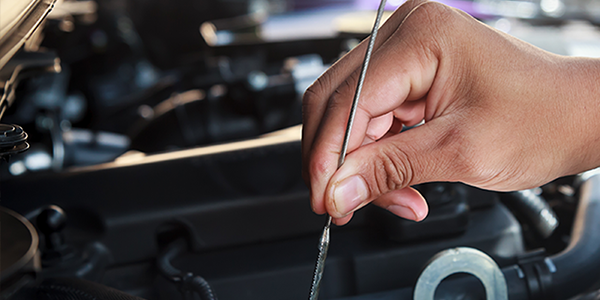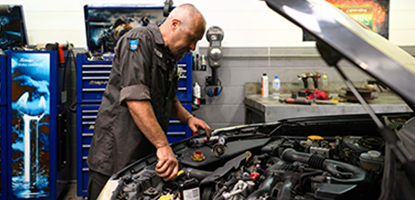August 2025
Tyre Checklist
Are your tyres roadworthy? Look for these items when you examine your tyres between WoFs.
Tips for examining your tyres
Check for damage
Regularly examine your tyres for bumps, bulges, cuts and cracks, tread wear and for any foreign objects embedded in your tyres. Look at your sidewalls, for deeply scuffed or worn areas and small slits or holes. If in doubt, have it checked by an MTA general repairer.
Check your tread
Most car tyres have tread-wear indicators built into them. These bars of hard rubber are normally difficult to see in a new tyre but appear across treads that have been worn down to 1.5mm of the tyre tread base (the legal limit). If these indicators appear in two or three different places, less than 120 degrees apart on the circumference of the tyre, replace the tyre. Snow or winter tyres legally must have 4.0mm of tread depth and be a matched set - if you’re going to be driving in the snow, make sure you have the correct chains.
Your tyres are a crucial part of keeping your vehicle safe to drive and, like brake pads, they eventually wear out and need replacing. Think about maintenance as an ongoing operating cost; budgeting for this will keep surprises manageable and give you more options.
Check tyre pressure
Correct tyre pressure is vital for balanced braking, maximum grip and maximum tyre life and can improve fuel economy. Recommended pressure varies for each vehicle, and according to load or speed, check with your vehicle handbook or online. Also, make sure your car is cold when you check tyre pressure to ensure the tyres haven't expanded after use.
How do you check tyre pressure?
You can use a tyre gauge to check your tyre pressure at the majority of service stations. The recommended cold tyre pressure is usually given on the tyre information label frequently found on the front or rear doorjamb on the driver's side, in the centre console, the inside of the glovebox lid or in the vehicle handbook.
Why are under-inflated and over-inflated tyres a problem?
Under-inflated tyres wear out faster, create excessive heat, increase fuel consumption, and make your car harder to handle. Over-inflated tyres are more easily damaged by road debris, wear out faster and may make the car unstable and unsafe to handle.
How to read your treads
Treads | Culprit | Remedy |
| Both shoulders worn | Under-inflation | Add more air and check for leaks |
| Centre ribs or blocks worn | Over-inflation | Reduce pressure to manufacturer's specifications |
| One-sided wear | Poor alignment | Have wheels aligned |
| Treads worn unevenly, with bald spots, cups, or scallops | Wheel imbalance and/or poor alignment | Have wheels balanced and aligned |
| Erratically spaced bald spots | Wheel imbalance or worn shock absorbers | Have wheels balanced or replace shock absorbers |
| Edges of front tyres only worn | Taking corners too fast or winding roads | Slow down and use alternative routes where possible |
| Saw-tooth wear pattern | Poor alignment | Have wheels aligned |
| Whining, thumping, and other unusual noises | Irregular tyre wear, poor alignment, or worn shock absorbers | Have wheels aligned or buy new tyres or shock absorbers |
| Squealing on corners | Poor alignment or under inflation | Check wear and inflation pressure |



